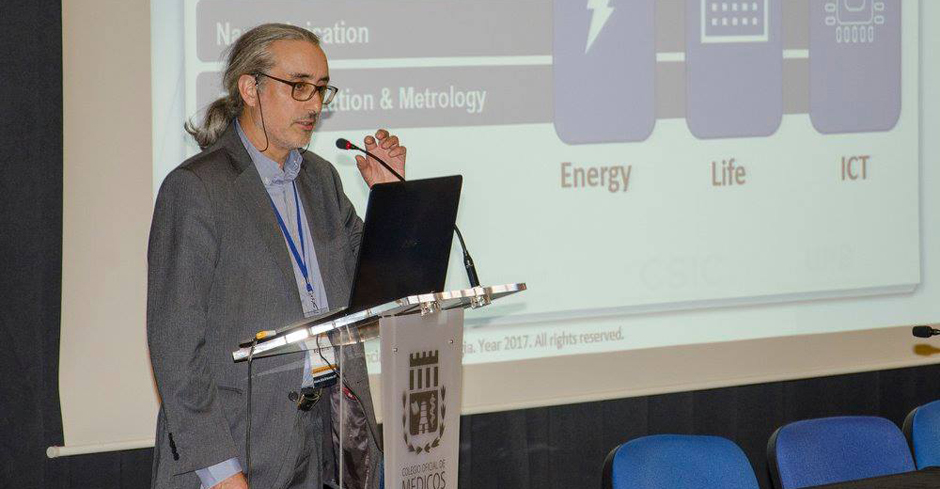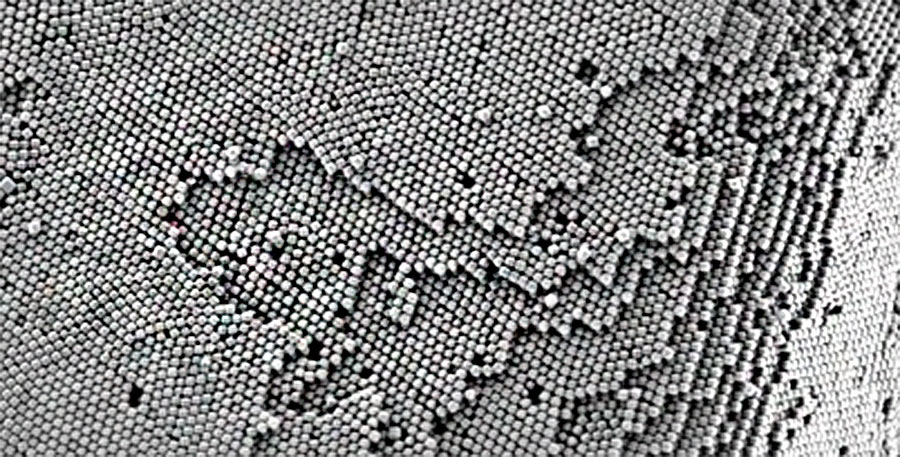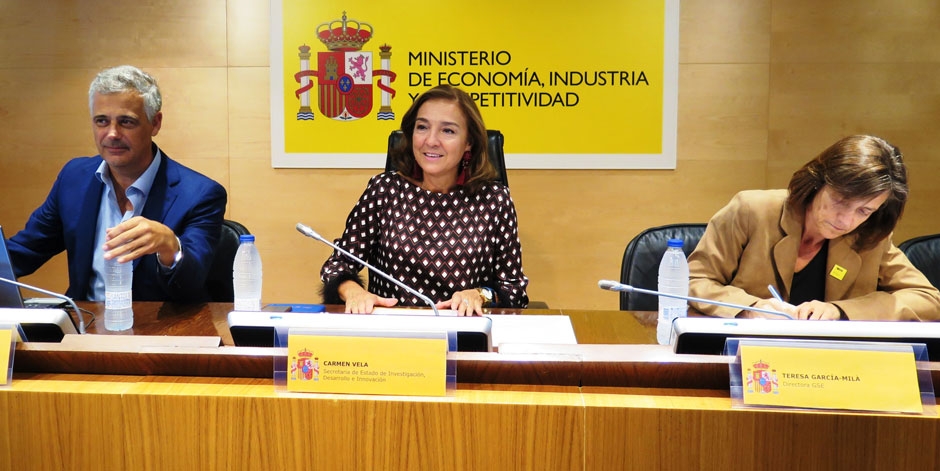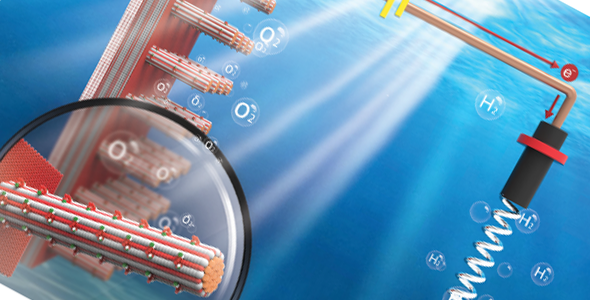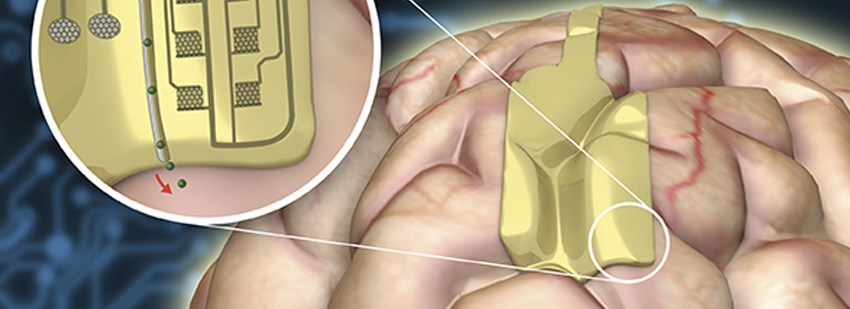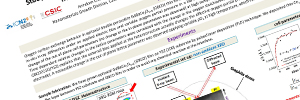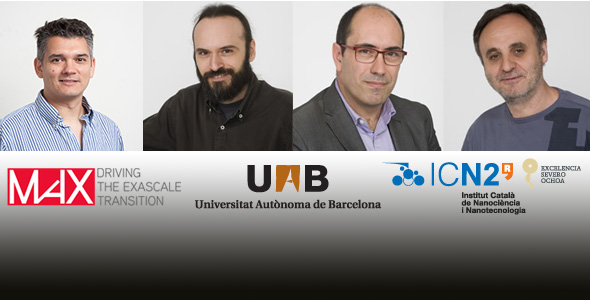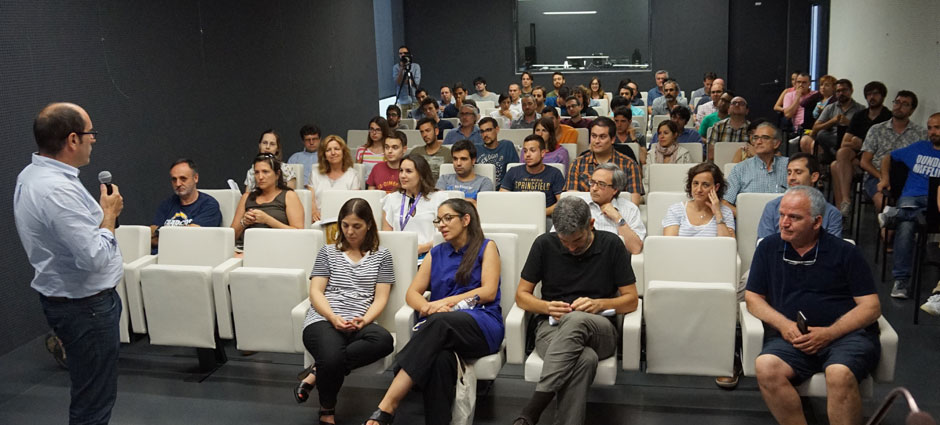Monday, 18 September 2017

The ICN2 holds immense pride in being a Severo Ochoa Centre of Excellence since 2014. The Severo Ochoa award is Spain's highest recognition that appreciates scientific brilliance and leadership. It represents research centres that rank among the world's best in their respective fields. Additionally, it honours commitment towards generating significant social and business influence.
In 2014, ICN2 was validated as a Severo Ochoa Centre of Excellence, an honour reaffirmed in 2018 and again in 2023 for another quadrannual span. After being awarded this accreditation thrice in succession, we have solidified the accomplishments of the prior programmes and continue broadening and diversifying the ways our work influences the world around us.
SO2023-2026SO2018-2022 SO2014-2018



